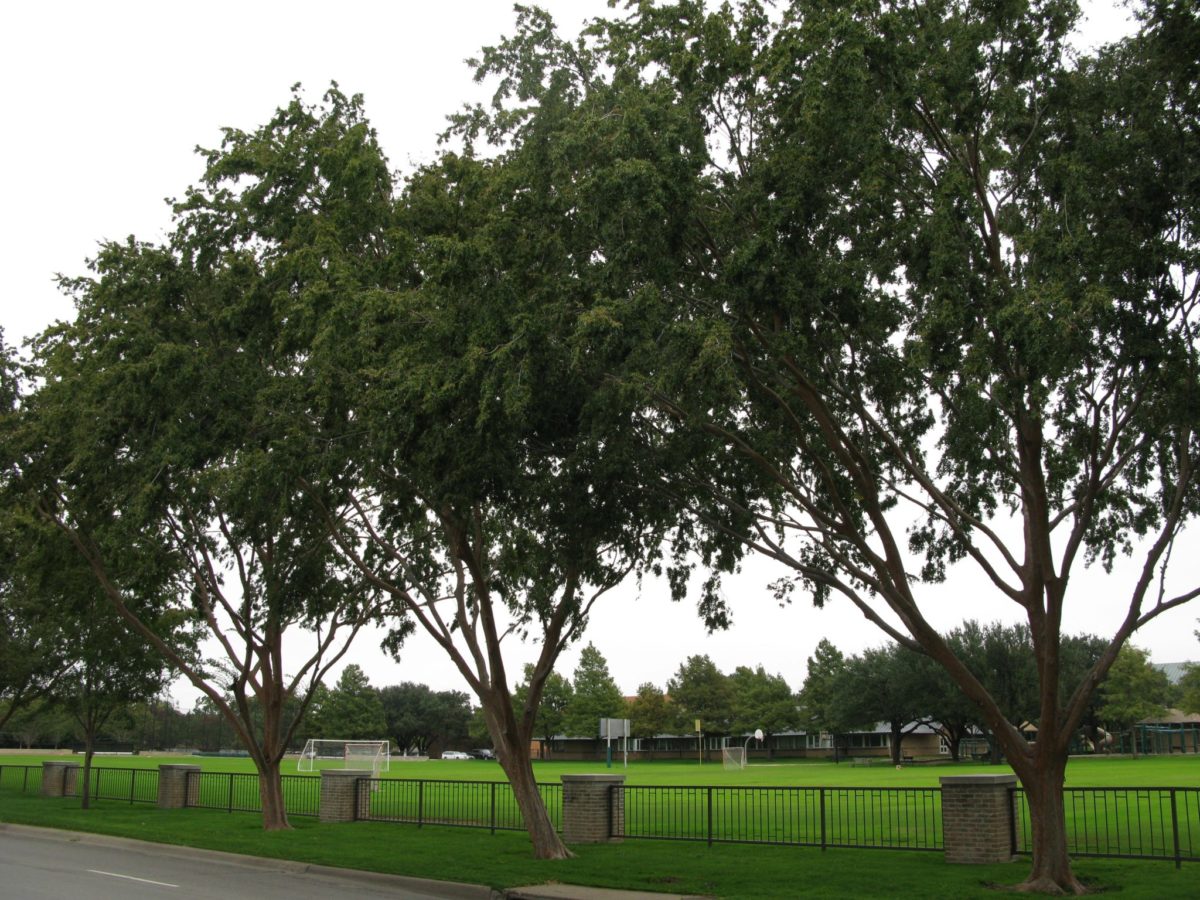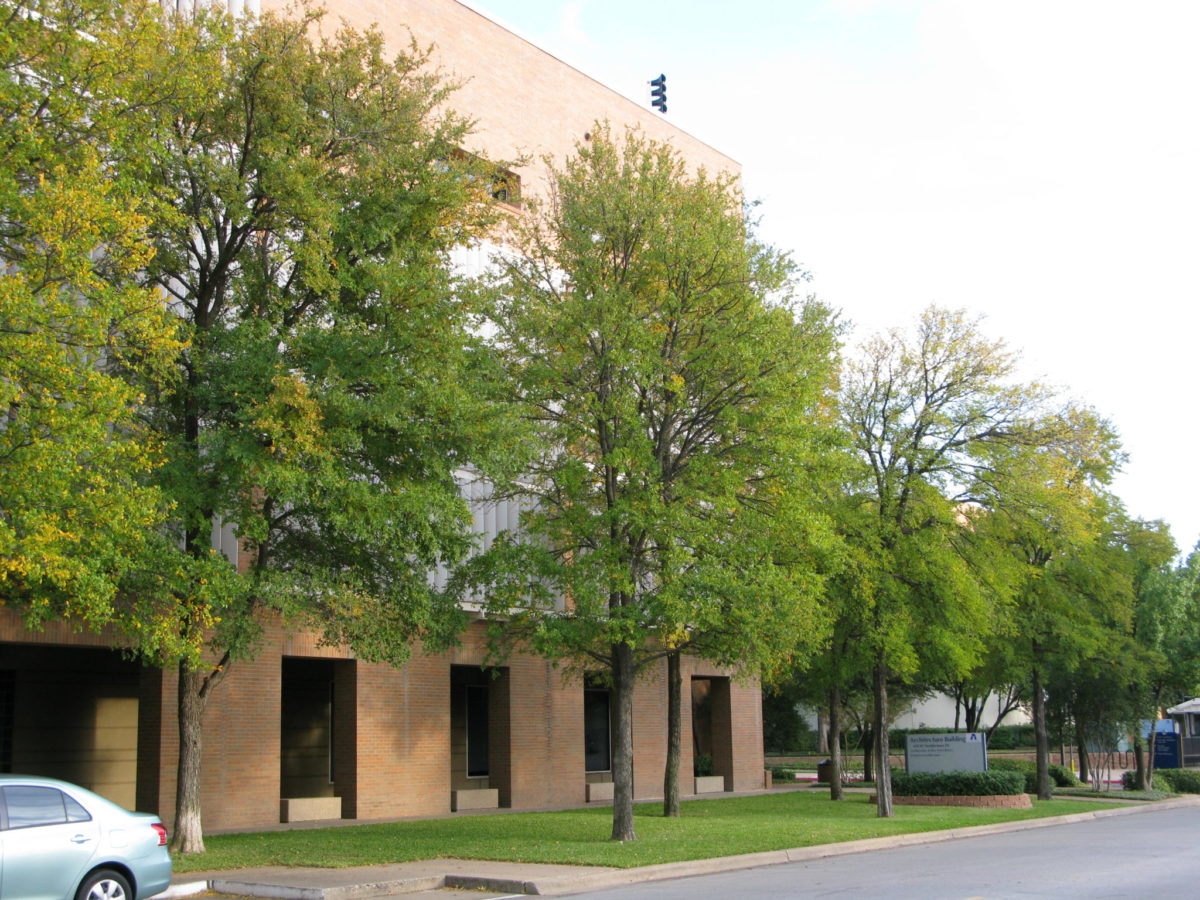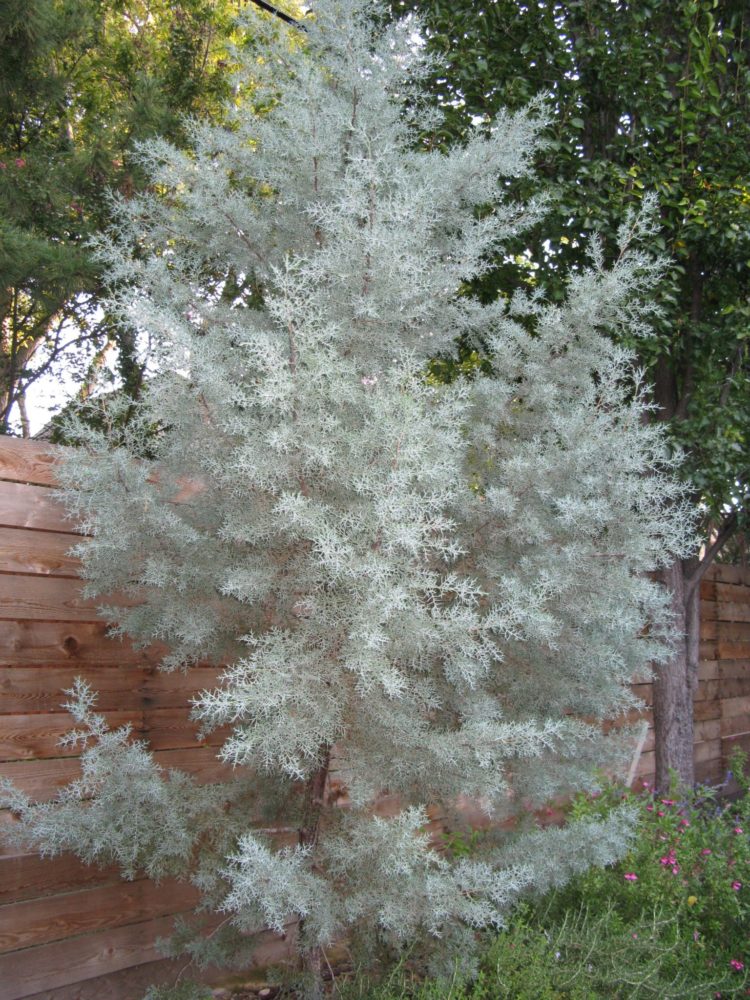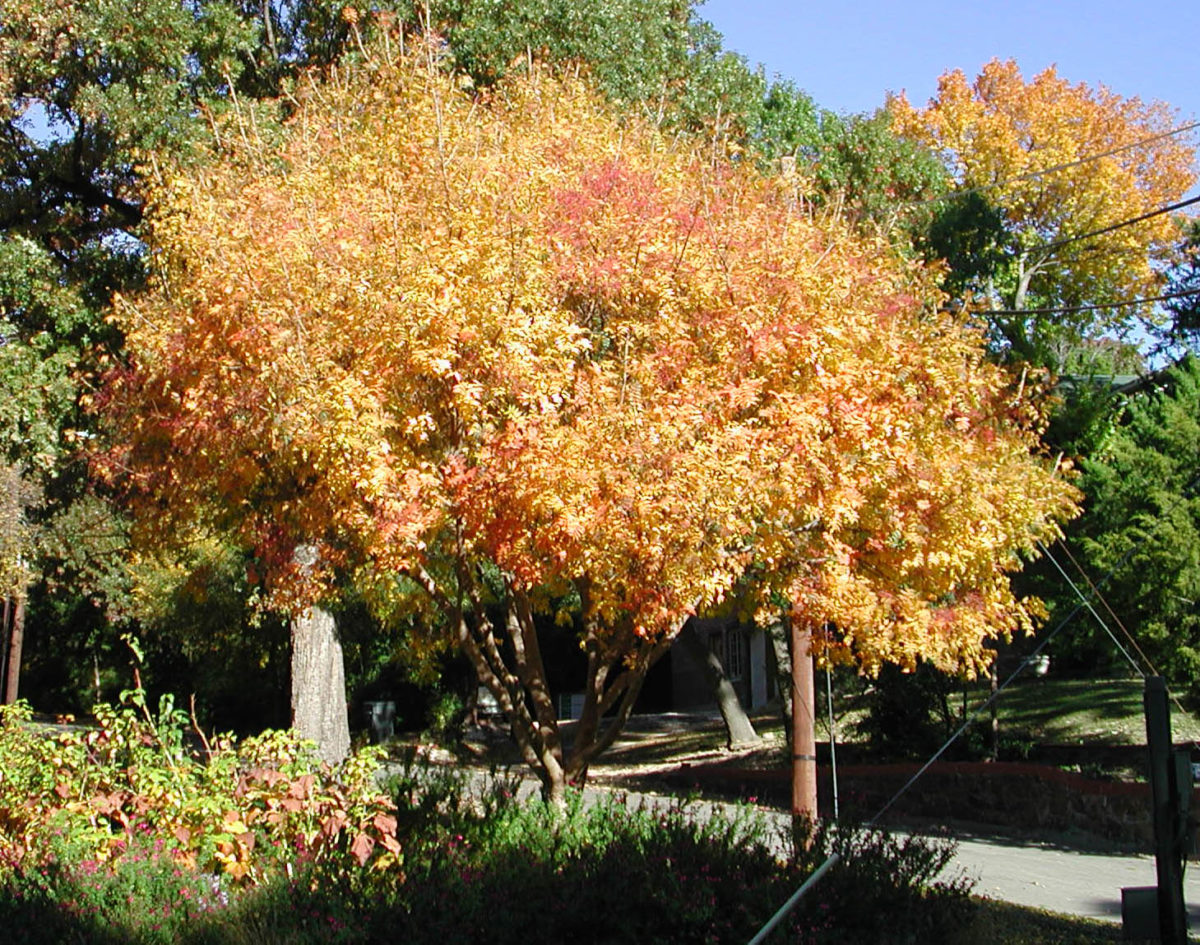Crepe Myrtle
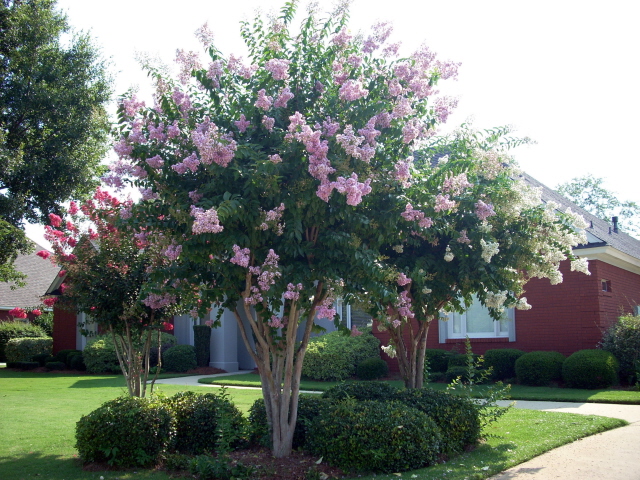
Crepe Myrtle
(Lagerstroemia)
Where would we be in August without the sturdy crape myrtle?
Flowering in all shades of white, pink, lavender and watermelon, crape myrtles peak just when the rest of the garden is flagging.
Some varieties have good fall color and lovely exfoliating bark for winter interest as well.
They need full sun to avoid getting spindly and mildewy; some easily grow 20’-25’ tall so plan ahead.

